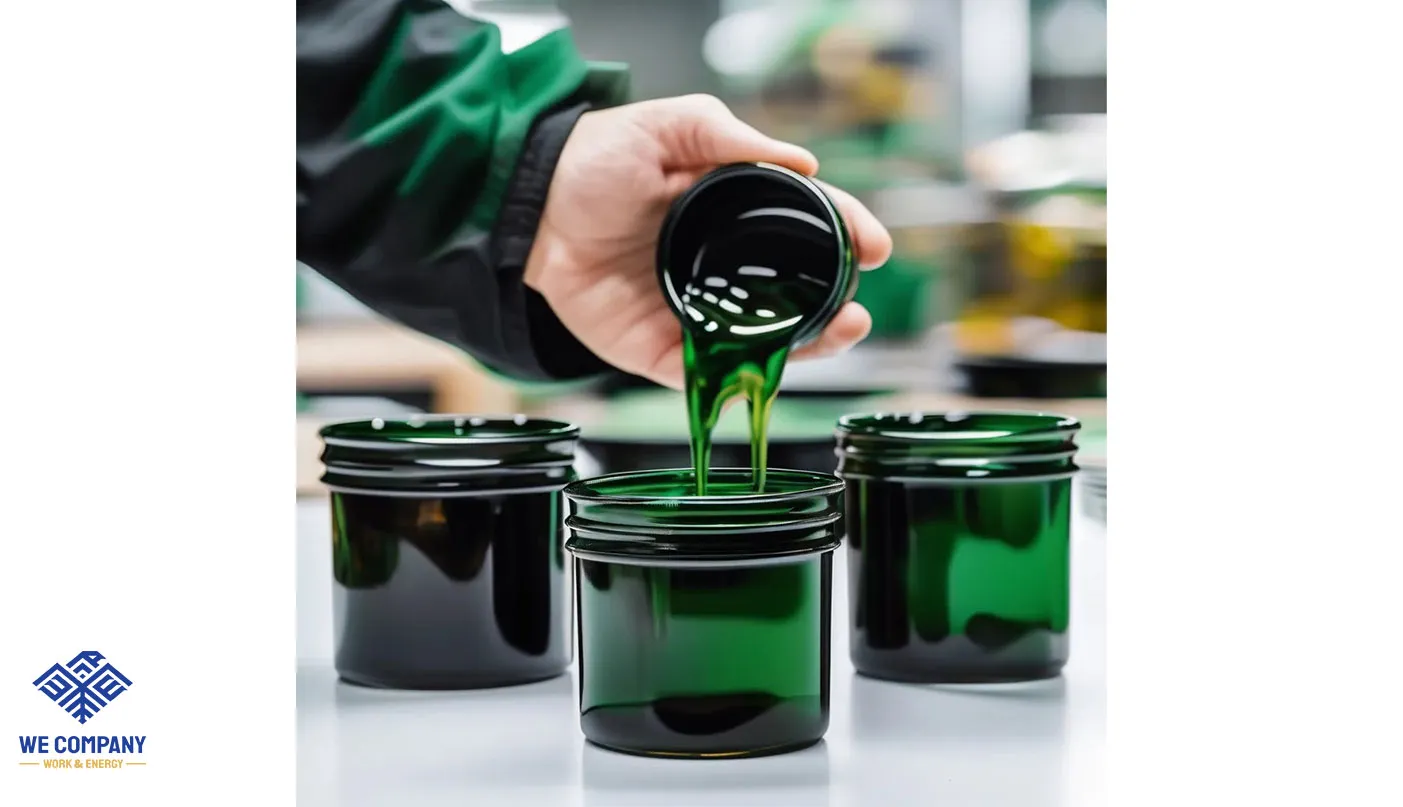Rubber Process Oil (RPO) Material Safety Data Sheet (MSDS): Comprehensive Guide
Introduction
Rubber Process Oil (RPO) is a crucial component in the manufacturing of rubber products. Understanding its Material Safety Data Sheet (MSDS) is essential for ensuring safety in handling, storage, and transportation. This guide provides an in-depth overview of RPO’s chemical properties, potential hazards, first aid measures, and best practices for storage and handling.
What is Rubber Process Oil (RPO)?
Rubber Process Oil is a specialized oil used in the processing and manufacturing of rubber. It improves the dispersion of fillers and enhances the elasticity of rubber compounds. RPO is widely used in the production of tires, hoses, automotive components, and industrial rubber products.
Chemical Composition and Physical Properties
- Appearance: Black solid
- Odor: Strong
- Physical State: Solid
- Specific Gravity: 0.995 Kg/L (at 15.6°C)
- Solubility in Water: Insoluble
- Vapor Density: >1
- Flash Point: >250°C (COC)
Hazard Identification
Rubber Process Oil is generally considered to have low immediate health hazards. However, prolonged or repeated exposure may lead to:
- Skin irritation and redness
- Mild irritation of the eyes and respiratory system
- Potential environmental contamination if spilled
First Aid Measures
- Inhalation: Move the affected person to fresh air and provide oxygen if necessary.
- Skin Contact: Wash with soap and water. Seek medical attention if irritation persists.
- Eye Contact: Flush with water for at least 15 minutes and seek medical care if needed.
- Ingestion: Do not induce vomiting. Keep the patient in a sitting position and seek medical assistance immediately.
Fire and Explosion Hazard
- Flammability Rating: NFPA III B
- Recommended Extinguishing Media: Carbon dioxide, dry chemical, foam, or sand.
- Fire-Fighting Instructions:
- Avoid inhalation of smoke and fumes.
- Cool fire-exposed containers with water.
- Ensure proper ventilation to prevent accumulation of toxic gases.
Handling and Storage Guidelines
- Store in a cool, dry, and well-ventilated area (<40°C).
- Keep away from heat sources, open flames, and oxidizing agents.
- Ensure containers are properly sealed when not in use.
- Use appropriate personal protective equipment (PPE) such as gloves and safety goggles.
Environmental Impact and Disposal Considerations
Rubber Process Oil is stable under normal conditions but can cause environmental issues if improperly disposed of.
- Avoid contamination of soil and water bodies.
- Follow country-specific regulations for disposal.
- Ensure empty drums are properly cleaned before recycling or disposal.
Regulatory Compliance
Transportation and storage of RPO must comply with local and international regulations related to chemical materials. Ensure all handling practices adhere to OSHA and NFPA guidelines.
Conclusion
Rubber Process Oil is an essential material in the rubber industry. By understanding its MSDS, companies can ensure safe handling, storage, and disposal. Proper precautions, including the use of PPE and adherence to safety guidelines, can prevent hazards and environmental contamination.
For more information, always refer to the latest version of the MSDS provided by the manufacturer.
Contact Us
Need help selecting the right base oil or want to request a quote? We’re here to assist you.
WhatsApp: (+971) 585992028
Phone: (+971) 58 599 20 28
Email: info@workandenergy.com
Office Address: No. 106, Sabkha Tower, Deira, Dubai, UAE






No comment